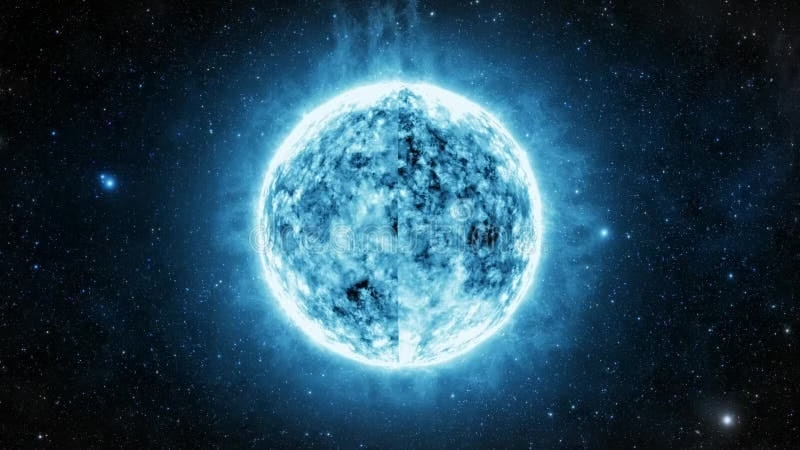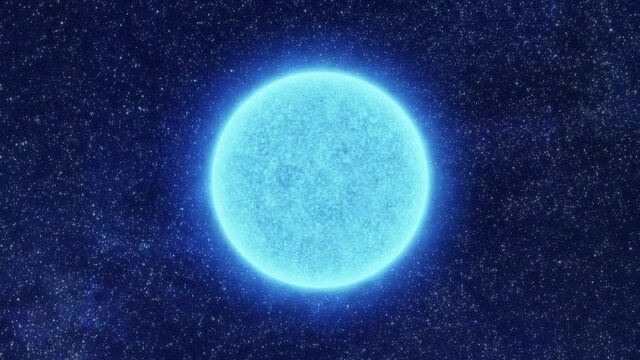Amazing White Dwarf Facts That Reveal the Future of Our Sun
Did you know that our Sun will one day become a white dwarf? These stellar remnants are among the most fascinating objects in the universe. In this article, we’ll explore five astonishing White Dwarf Facts that reveal how stars end their lives, what makes them so extreme, and why they matter for our understanding of the cosmos. From their unimaginable density to their role in cosmic explosions, these White Dwarf Facts will leave you amazed.
White Dwarf Facts #1: The Final Stage of Most Stars
White dwarfs are the end state for nearly 97% of stars in our galaxy. When stars like the Sun exhaust their nuclear fuel, they swell into red giants. Eventually, they shed their outer layers, forming a glowing planetary nebula. What remains is a dense, hot core: the white dwarf.
White dwarfs are supported not by fusion, but by Electron Degeneracy Pressure—a quantum effect that prevents collapse.
They are typically composed of Carbon and Oxygen, though some contain Helium or Oxygen‑neon mixtures.
Unlike massive stars that explode into Neutron Stars or Black Holes, most stars quietly fade into white dwarfs.
This fact reminds us that the Sun, too, will follow this path in about 5 billion years.
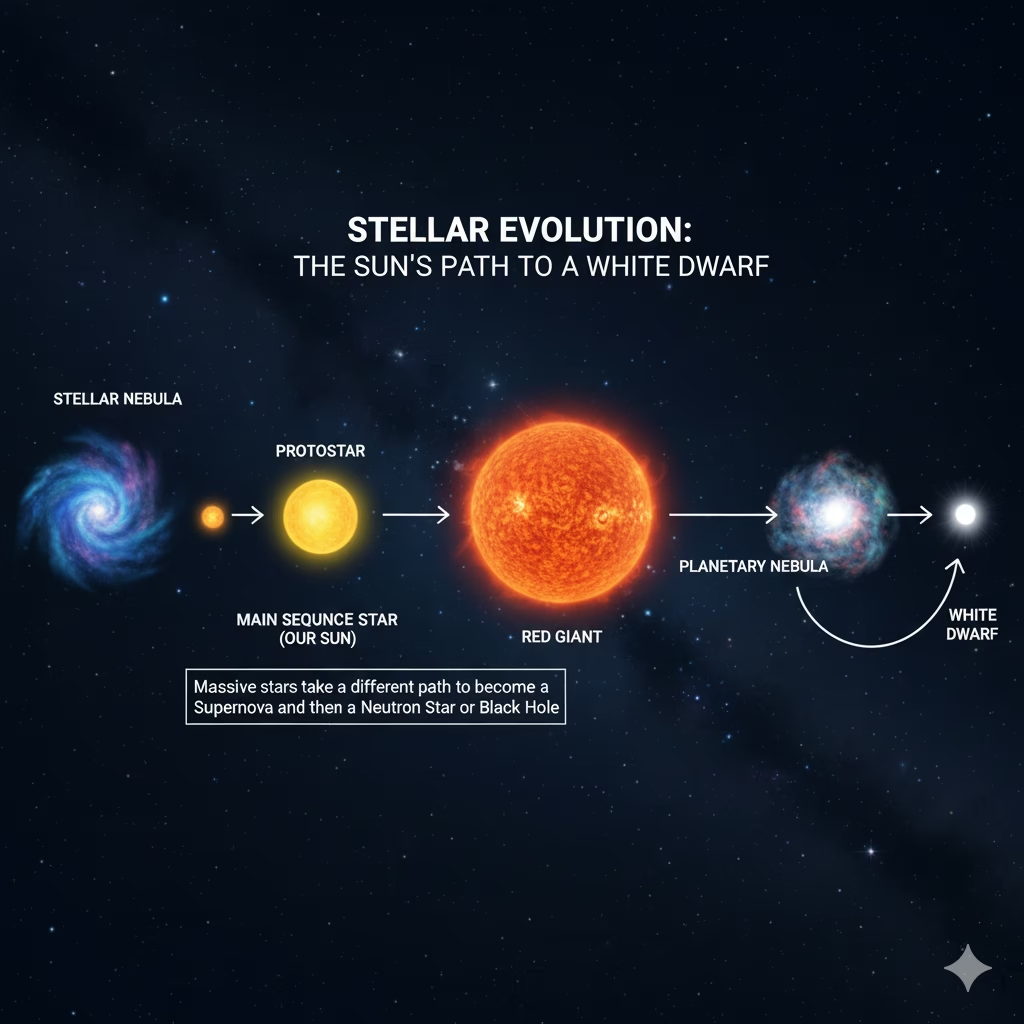
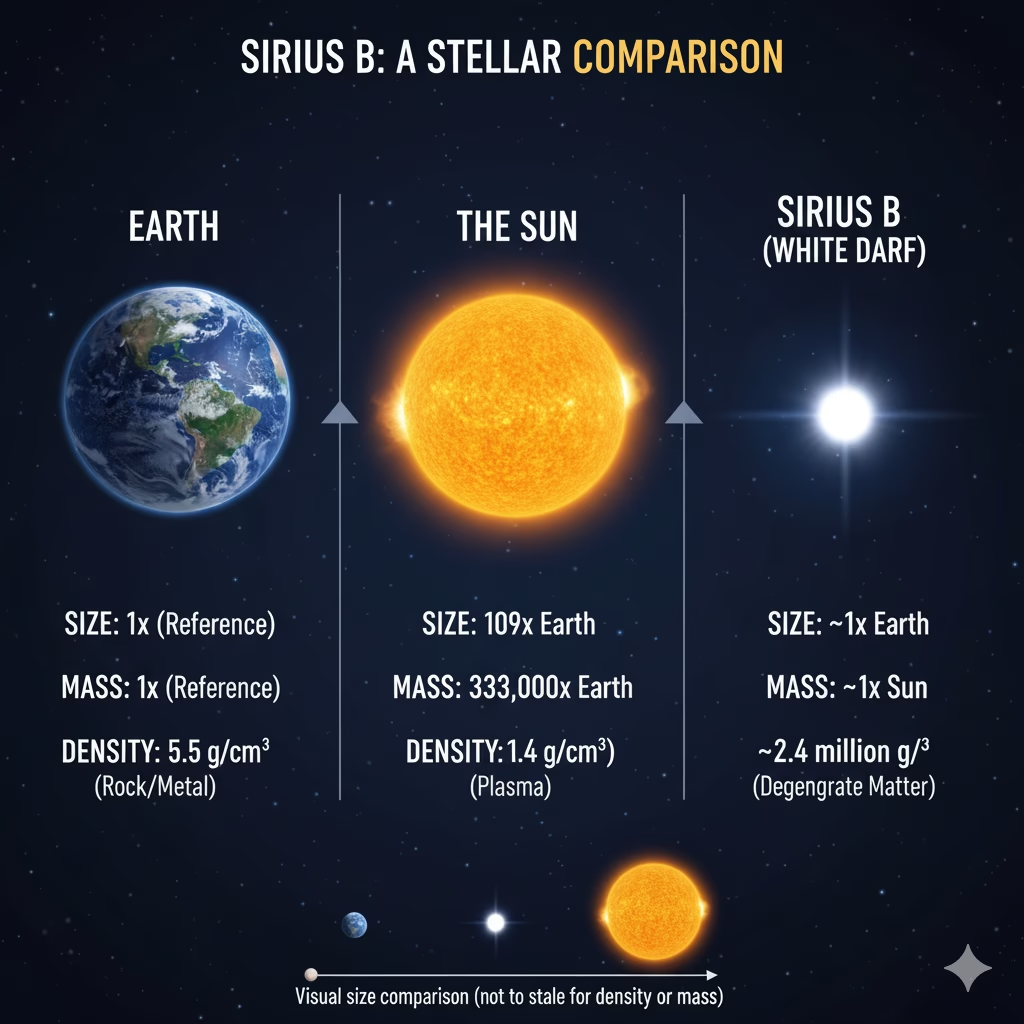
White Dwarf Facts #2: Density Beyond Imagination
White dwarfs are Earth‑sized but as massive as the Sun. This makes them incredibly dense.
A teaspoon of white dwarf matter would weigh about 5.5 tons on Earth.
Their average density is nearly 1,000,000 times that of water.
Gravity on their surface is about 100,000 times stronger than Earth’s.
This density is possible because atoms are crushed so tightly that electrons form a degenerate gas. It’s one of the densest forms of matter in the universe, surpassed only by neutron stars and black holes.
White Dwarf Facts #3: Cooling Embers of the Cosmos
Unlike normal stars, white dwarfs no longer fuse hydrogen or helium. Instead, they shine by slowly radiating leftover heat.
Newly formed white dwarfs can reach temperatures above 100,000 K.
Over billions of years, they cool and fade, eventually becoming “black dwarfs”—cold, invisible remnants.
However, the universe is not old enough for any black dwarfs to exist yet.
This makes white dwarfs Cosmic Clocks. By measuring their cooling rates, astronomers can estimate the age of star clusters and even the Milky Way.
White Dwarf Facts #4: Explosive Potential in Binary Systems
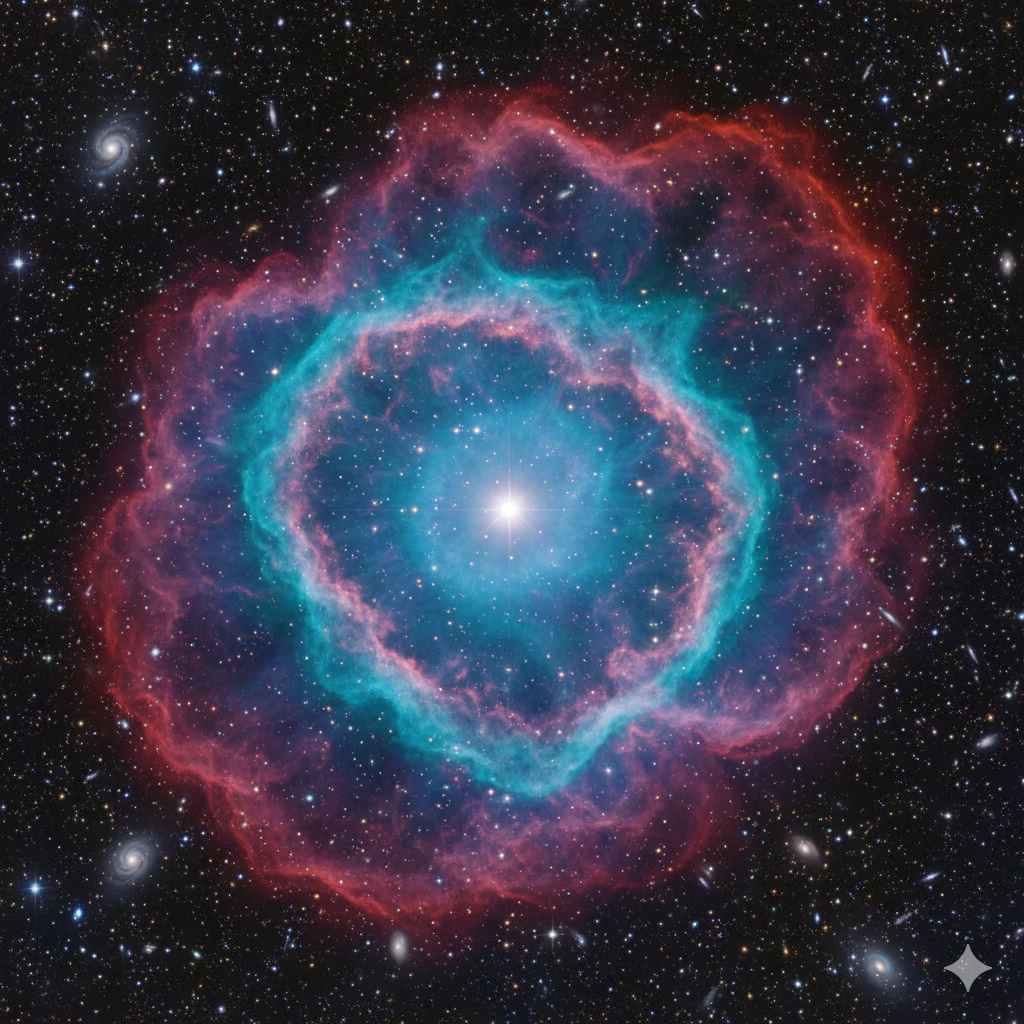
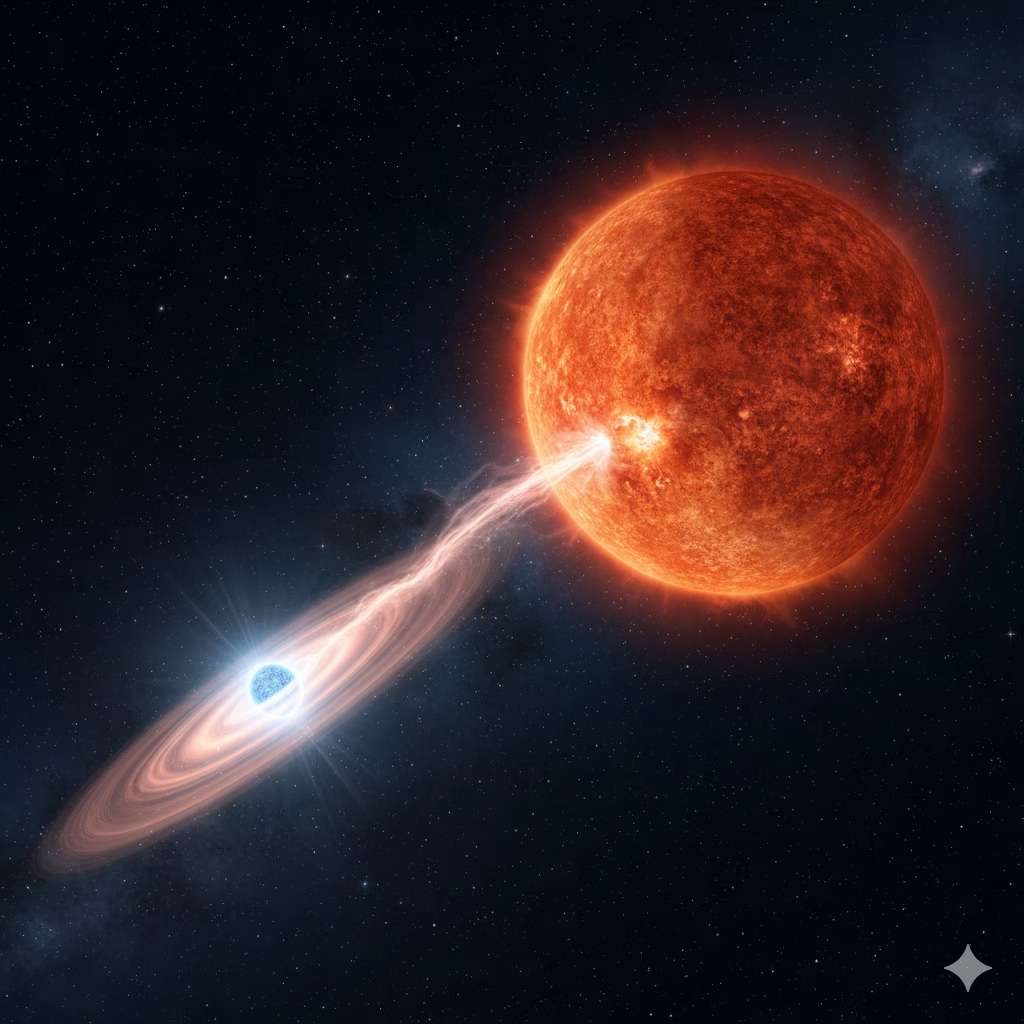
White dwarfs may seem quiet, but in binary systems they can become explosive.
If a white dwarf pulls matter from a companion star, it can trigger Novae—sudden bright outbursts.
If it gains enough mass to approach the Chandrasekhar limit (1.4 solar masses), it may explode as a Type 1A Supernova.
These supernovae are so bright they can outshine entire galaxies.
Type 1A Supernovae are crucial for cosmology. They act as Standard Candles, helping astronomers measure distances across the universe and discover dark energy.
👉 Learn more from White Dwarf Overview.
White Dwarf Facts #5: Our Sun’s Future Revealed
Perhaps the most personal fact: our Sun will become a White Dwarf.
In about 5 billion years, the Sun will expand into a red giant, engulfing Mercury and Venus.
It will shed its outer layers, leaving behind a glowing planetary Nebula.
The remaining core will cool into a white dwarf, about the size of Earth.
This fate is not unique to the Sun—it’s the destiny of most stars in the galaxy. White dwarfs remind us that even stars have life cycles, and endings can be just as fascinating as beginnings.
Why White Dwarf Matter
White dwarfs are more than stellar corpses. They are keys to understanding the life cycles of stars, the age of galaxies, and the expansion of the universe. By studying them, we glimpse both the Sun’s future and the cosmic past.
📌 Pin this: Bookmark Cosmic Curiosity and never miss a cosmic update—your daily gateway to the wonders of the universe!
#WhiteDwarfFacts #DidYouKnow #StellarEvolution #SpaceEducation #CosmicCuriosity

